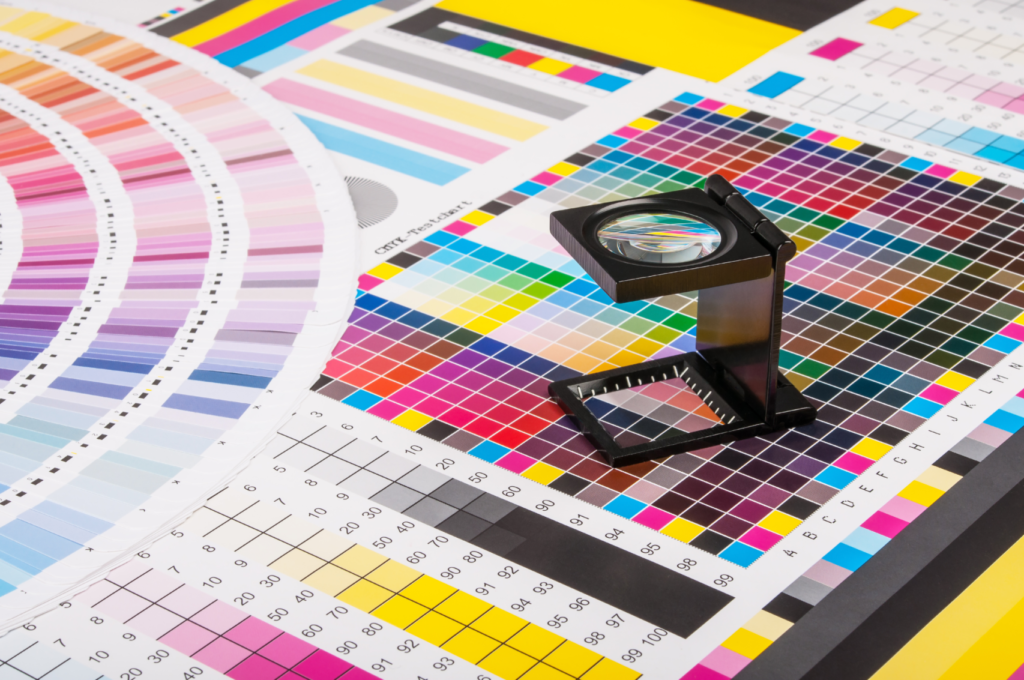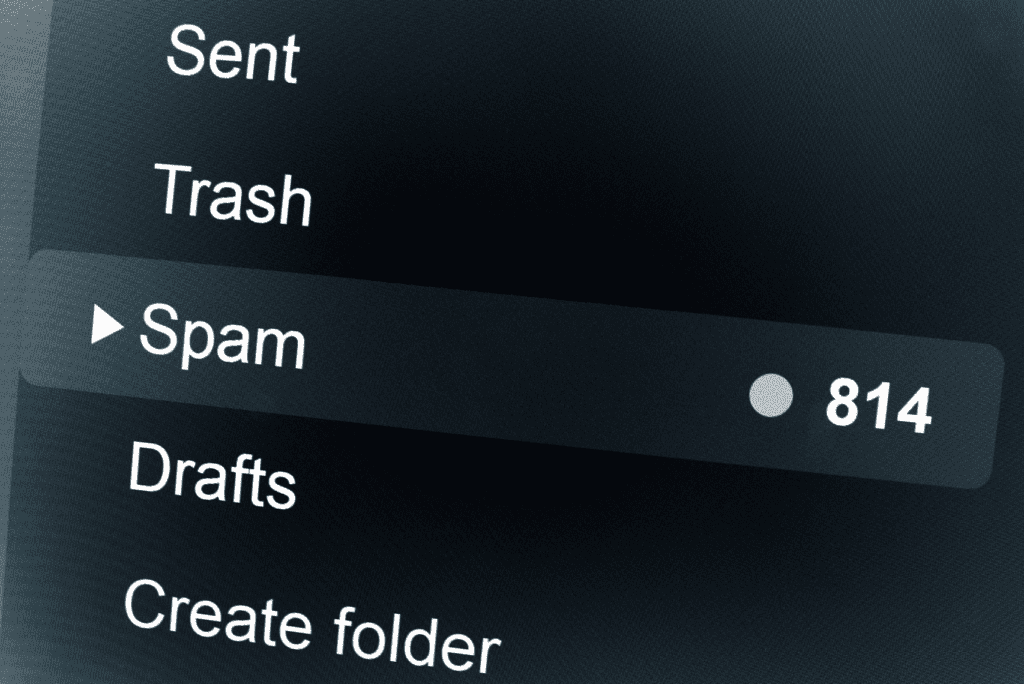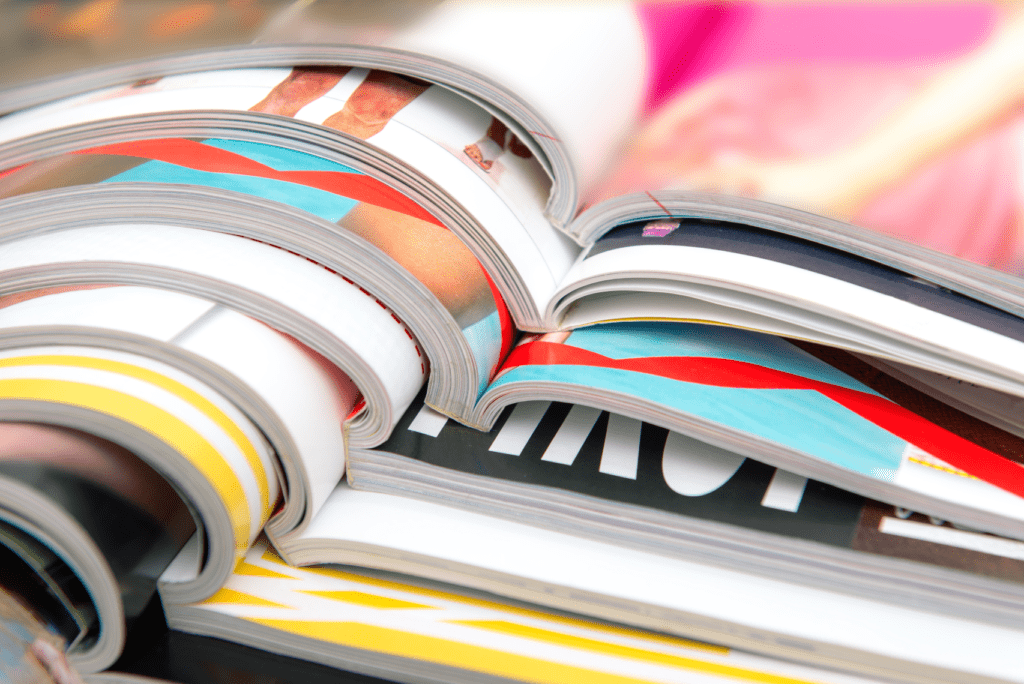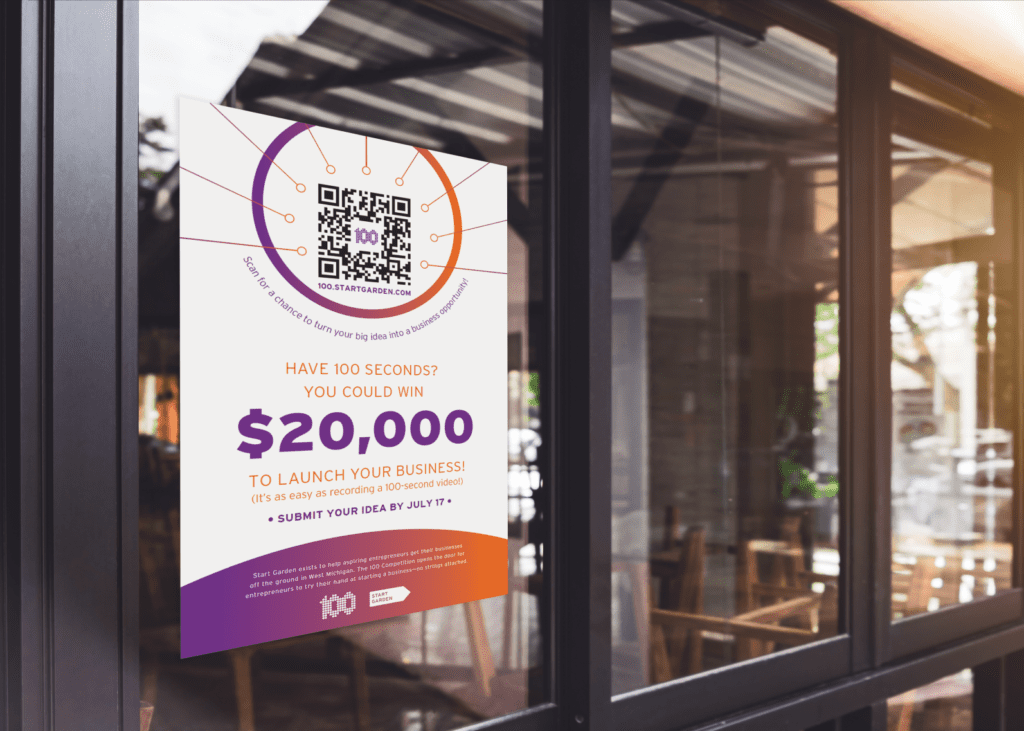Creating authentic communications through channels that matter
If you’re anything like me, you find comfort in experiences that bring you back in touch with a time when life was less encumbered and more carefree. While these types of experiences are as varied as we humans are unique, most of us can likely agree that at times we do yearn for days when life was simpler.
We see folks today reducing hours spent at work, simplifying buying habits, decluttering environments and spending more quality time with family or by themselves. I can’t help but see a parallel to the ongoing “print isn’t dead” debate that today still garners attention.
I’m going out on a limb and stating with confidence that not only is print not dead, it’s very much alive—dare I even say, thriving. Print hearkens to a simpler way of life, like curling up by the fire to read a book, thumbing through the Sears Wish Book for Christmas gift ideas, scouring through the Encyclopedia Britannica for a school research paper or thumbing through the latest Tiger Beat magazine while dad reads his evening newspaper.
Let’s start by taking a deeper look at 3 reasons why print is very much alive and thriving.
1. Print Garners Nostalgia

Ask a graphic designer about the experience of a piece of print hot off the press at the print shop. There’s nothing quite like the sensory experience of the rumbling of the presses in the background as you run your fingers across the warm cover, flip through pages and inhale the smell—that wonderful, intoxicating scent of fresh ink on virgin paper. A digital ad simply cannot rival this experience—not ever.
Research shows it’s not just designers that love a printed piece.
The vast benefits of print include a deeper understanding of information, an enriched experience, better comprehension and preserving moments in time. With so many textures and finishes like soft touch paper and embellishments, including additives that sparkle or provide iridescence, this tactile experience is one reason that printed book sales are on the rise despite our addiction to mobile phones. Consider a few statistics according to the nonprofit group Two Sides:
- 79% of U.S. consumers agree that print is more pleasant to handle and touch when compared to other media, including 73% of 18- to 24-year-olds.
- Print is tactile and has the capacity to produce a more emotional response which can increase engagement. According to research by the USPS and Temple University, physical ads had longer-lasting impact, more significant emotional response and higher recall than digital ads, even a week after viewing them. Plus, brain activity indicated greater subconscious value and desire for products or services advertised in a physical format.
- 73% feel that reading a printed book or magazine is more enjoyable than reading them on an electronic device.
- 68% find it easier to track their expenses and manage their finances when they are printed on paper.
- Mobile or smart phones are seen as the least relaxing way to read with only 30% preferring this method.
If further evidence is needed, consider digital giant Amazon who has chosen to publish a printed toy catalog since 2018.
2. Print is Exempt from Digital Overload

Can you think of any innovation in history that has accelerated faster than digital technology? According to the UN, digital technology has reached “around 50 percent of the developing world’s population in only two decades” and is “transforming societies,” with total digital ad spending in the US expected to reach over $700 billion in 2023.
If we peek back at the ad biz, pre-digital revolution to the 1970s, the average person saw between 500 to 1,600 ads per day. In 2007, that number jumped to 5,000 according to the market research firm Yankelovich. Today, that number has blown up to 6,000 to 10,000 ads—every single day—with no signs of slowing down.
That leaves people with a case of digital overload that is overwhelming to the point of frustration and can lead to mental health issues like feelings of helplessness, anxiety and stress.
Print, on the other hand, is more approachable and familiar—and familiarity breeds trust. In the era of fake news, messages or ads in print rank far higher on the trust meter than their digital counterparts. Print also doesn’t overwhelm like digital ads, and therefore has the capacity to soothe us and reduce our anxiety.
3. Print Can't Be Turned Off

Print is more memorable than digital because it endures. When we hold a piece of print in our hands, whether a direct mail postcard, magazine ad, catalog or coffee table book, it’s guaranteed to never crash, run out of battery power, be switched off or blocked. We are so inundated by digital ads today that many people resort to ad-blocking software to reduce the number of ads they have to see per day.
Ad blocking software has been around since 1996, seeing a proliferation in the early 2000s, and by 2009 devices using ad blockers hit a milestone of 20 million. Today, 42.7% of internet users worldwide report using an ad blocker. And the technology has expanded beyond the desktop. Ad-blocking software for mobile devices and tablets is now widely available.
Print & Digital Marketing Mix—Better Together

Now that we understand the viability and importance of print in the marketing mix, we can look at how best to integrate that in today’s ad environment. When we as marketers utilize print alongside digital methods, we will see results amplify. That’s because each medium complements the other to produce a more memorable brand experience—both on and offline—and more successful results than either can produce on its own.
Merging the two can help increase brand recognition, boost audience reach and enrich calls to action (CTAs). Of course, every ad—digital or print—needs to include a clear call (or calls) to action. Driving traffic from print ads to online channels with CTAs (think landing page URLs or QR codes) can help increase your website traffic. When applying this strategy, as with all brand activity, ensure you strive for visual and messaging continuity between your print and digital efforts for a seamless experience.
If you’d like to learn more about how a mixture of print and digital can help differentiate your brand and amplify your marketing results, reach out to us!